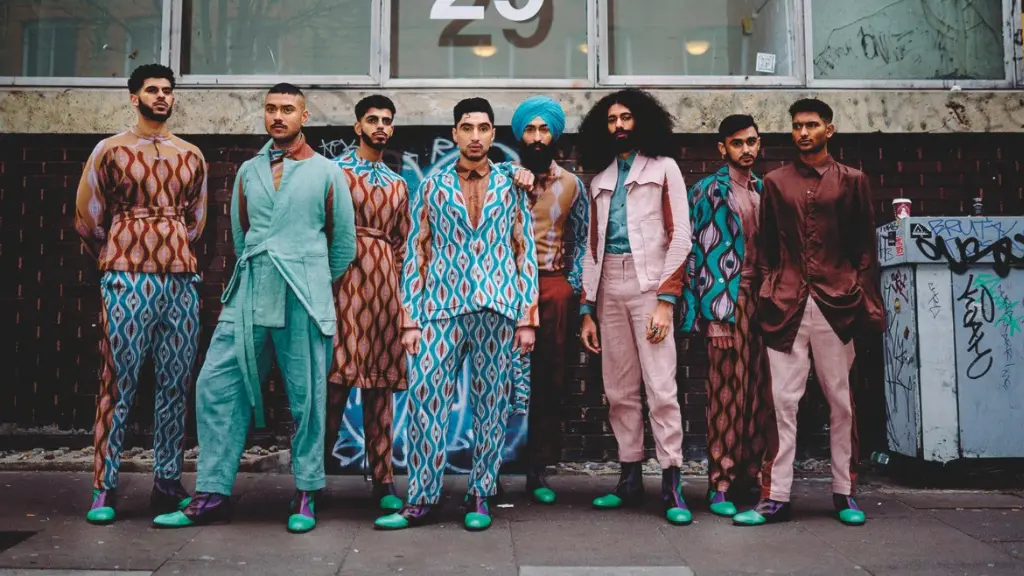Zara, the flagship brand of the Inditex Group, has become synonymous with fast fashion and trendsetting style across the globe. Known for its ability to quickly translate the latest runway looks into affordable, wearable pieces, Zara has revolutionized the fashion industry with its fast turnaround times, cutting-edge designs, and customer-centric approach.
With over 2,000 stores worldwide and a robust online presence, the Spanish brand has built a loyal customer base that spans continents, including a growing influence in the United States.
This article delves into the history of Zara, its fast fashion model, how it stays ahead of the competition, its sustainability efforts, and its impact on the U.S. market.
You May Also Like: C&A: The European Fashion Brand Bringing Affordable Style and Sustainability to the World
Zara’s Journey from Small Shop to Global Leader
Zara’s story began in 1975 when Amancio Ortega, a Spanish businessman, opened a small clothing store in A Coruña, Spain. Ortega’s vision was to create high-quality clothing that was both fashionable and affordable, offering customers an alternative to high-end luxury brands. His approach to fashion quickly caught on, and within a few years, Zara expanded across Spain and later internationally.
One of the key factors behind Zara’s success was Ortega’s innovative supply chain model, which drastically reduced the time it took to get products from design to the sales floor. This model became the backbone of Zara’s fast fashion strategy, enabling the brand to respond to emerging trends faster than competitors.
By the 1990s, Zara had become a global sensation, opening stores in major cities around the world, including the United States. Today, Zara operates in over 90 countries and is one of the largest and most profitable fashion brands in the world.
Zara’s Fast Fashion Model: Speed, Trends, and Affordability
Zara is best known for its fast fashion model, which emphasizes speed and agility in the design, production, and distribution of clothing. Unlike traditional fashion brands that release seasonal collections months in advance, Zara’s model is based on real-time data and customer feedback, allowing the company to design and produce clothing in response to current trends and consumer preferences.
1. Speed and Agility
The cornerstone of Zara’s fast fashion model is its supply chain, which is highly efficient and vertically integrated. Zara controls every aspect of its production process, from design to manufacturing to distribution. This allows the brand to move from concept to store in as little as two to three weeks, while traditional retailers might take six months or more. This speed enables Zara to keep its stores stocked with the latest trends, giving customers new reasons to visit frequently.
To achieve this, Zara has adopted a strategy of producing small batches of clothing and constantly refreshing its inventory. If a particular design sells out quickly, Zara can immediately restock it or introduce similar designs. Conversely, if an item doesn’t perform well, it is quickly replaced with a new design. This dynamic approach helps Zara minimize waste and reduce the risk of unsold inventory.
2. Customer-Centric Approach
Zara’s ability to stay ahead of trends is driven by its customer-centric approach. The brand gathers data from multiple sources, including customer feedback in stores, online sales, social media trends, and fashion influencers. This data-driven approach allows Zara’s design teams to understand what customers want and respond to emerging trends in real-time.
In addition to its focus on trends, Zara designs clothing with versatility in mind. Many of Zara’s collections feature classic cuts and timeless styles that can be worn across different seasons, making them appealing to a wide range of customers. By balancing trend-driven items with staple pieces, Zara attracts fashion-conscious shoppers while offering wardrobe essentials that have long-lasting value.
3. Affordability without Compromising Quality
One of the key elements that has made Zara so successful is its ability to offer fashion-forward clothing at affordable prices. While Zara is considered more upscale than budget fashion brands, its prices are significantly lower than luxury designers, making high-fashion trends accessible to the average consumer.
Despite its lower prices, Zara maintains a reputation for quality. The company invests in high-quality materials and ensures that its products are well-made. This balance of affordability, style, and quality has cemented Zara’s position as a favorite among fashion-conscious consumers worldwide.
Zara’s Sustainability Efforts: Moving Toward a Greener Future
While Zara has become a giant in the fast fashion industry, it has also faced criticism for the environmental impact associated with fast fashion’s quick production cycles, mass consumption, and waste. In response, Zara has made significant strides to become more sustainable, focusing on reducing its environmental footprint and improving the sustainability of its supply chain.
1. Join Life Collection and Sustainable Materials
One of Zara’s most notable sustainability initiatives is its “Join Life” collection, which was introduced in 2016. This collection features clothing made from more sustainable materials, such as organic cotton, recycled polyester, and Tencel—a fabric derived from sustainable wood sources. Zara has committed to increasing the percentage of its products made from sustainable materials, with a goal of producing 50% of its clothing from eco-friendly fabrics by 2025.
Zara is also working to eliminate hazardous chemicals from its production processes and aims to source all of its cotton, linen, and polyester from sustainable sources by 2023. These initiatives reflect the brand’s commitment to addressing the environmental impact of fast fashion and promoting a more circular economy.
2. Commitment to Energy Efficiency
Zara is also taking steps to reduce its energy consumption across its stores and operations. The company has implemented energy-efficient lighting and heating systems in its stores, with a goal to make all Zara stores eco-efficient by 2025. Additionally, the company is working to reduce greenhouse gas emissions by optimizing its logistics and transportation systems, using more sustainable packaging, and increasing the use of renewable energy in its operations.
Zara’s Impact on the U.S. Fashion Market
Zara’s influence on the U.S. fashion market has been profound, as it has introduced American consumers to the fast fashion model in a way that balances affordability, style, and quality. Zara’s U.S. stores, particularly in major cities like New York, Los Angeles, and Miami, attract a wide range of shoppers, from trend-conscious millennials to busy professionals looking for chic, versatile clothing.
1. Competing with Fast Fashion Giants
In the U.S., Zara faces stiff competition from other fast fashion brands, including H&M, Forever 21, and newer online-only retailers like Fashion Nova. However, Zara has differentiated itself by focusing on more sophisticated, European-inspired designs and offering a shopping experience that appeals to a slightly more upscale audience. While brands like Forever 21 target younger, budget-conscious shoppers, Zara has cultivated a reputation for offering elegant, minimalist designs that appeal to a broader demographic.
2. E-commerce and Digital Transformation
Zara has also made significant investments in its online presence, recognizing the growing importance of e-commerce in the U.S. market. The brand’s online store offers the same wide selection of clothing as its physical stores, with the added convenience of home delivery. Zara’s e-commerce platform is user-friendly and visually appealing, reflecting the brand’s commitment to providing a seamless shopping experience, whether online or in-store.
Zara has also embraced omnichannel retailing, offering services like “Click & Collect,” which allows customers to order online and pick up their items at a nearby store. This service caters to busy shoppers who want the convenience of online shopping but prefer to avoid shipping fees or waiting for deliveries.
The Challenges Facing Zara
Despite its success, Zara faces several challenges in the ever-evolving fashion industry. The rise of online-only retailers, the growing demand for sustainable fashion, and the increasing importance of social media have all created a more competitive landscape.
To stay relevant, Zara must continue to innovate, both in terms of its product offerings and its approach to sustainability. As more consumers become aware of the environmental impact of fast fashion, brands like Zara will need to adopt even more transparent and responsible practices to retain customer loyalty.
Conclusion: Zara’s Lasting Influence on Global Fashion
Zara’s journey from a small Spanish clothing store to a global fashion empire is a testament to the brand’s innovative approach to retail. By combining fast fashion, high-quality design, and a focus on customer satisfaction, Zara has redefined what it means to be a successful fashion brand in the 21st century.
As Zara continues to expand its sustainability initiatives and adapt to changing consumer preferences, it remains a dominant force in the fashion industry. Whether shopping in-store or online, Zara’s ability to offer cutting-edge fashion at affordable prices ensures that it will continue to shape the way people dress, not just in the U.S., but around the world.










